data = read.csv("HeatofCombustion.csv", header=T)
attach(data)
library(lattice)
x = data[ , "Qc"]
qqplot(x=qexp(x), y=data, main="Exponential Q-Q Plot",
xlab="Theoretical Quantiles", ylab= "Your Data Quantiles")
Errors:
Error in `[.data.frame`(x, order(x, na.last = na.last, decreasing = decreasing)) :
undefined columns selected
In addition: Warning messages:
1: In qexp(x) : NaNs produced
2: In xtfrm.data.frame(x) : cannot xtfrm data frames
Why does this happen? I thought I have already converted dataframe into a vector by using x = data[ , "Qc"]
I am trying to graph an exponential Q-Q plot in R. Many thanks.
Data view:

Actual data for variable Qc (heat capacity):
Qc = c(17.39, 6.68, 23.31, 47.74,
19.53, 45.8, 26.75, 26.86, 29.62, 28.39, 34.21, 43.65, 24.13,
31.37, 25.42, 27.91, 30.9, 31.07, 38.35, 29.18, 26.45, 25.27,
26.92, 24.97, 39.84, 29.38, 31.53, 31.06, 18.71, 29.92, 32.5,
31.07, 31.48, 31.23, 31.15, 31.65, 26.03, 28.61, 30.65, 34.39,
30.28, 30.63, 34.89, 26.5, 29.59, 29.06, 26.54, 25.92, 33.64)
